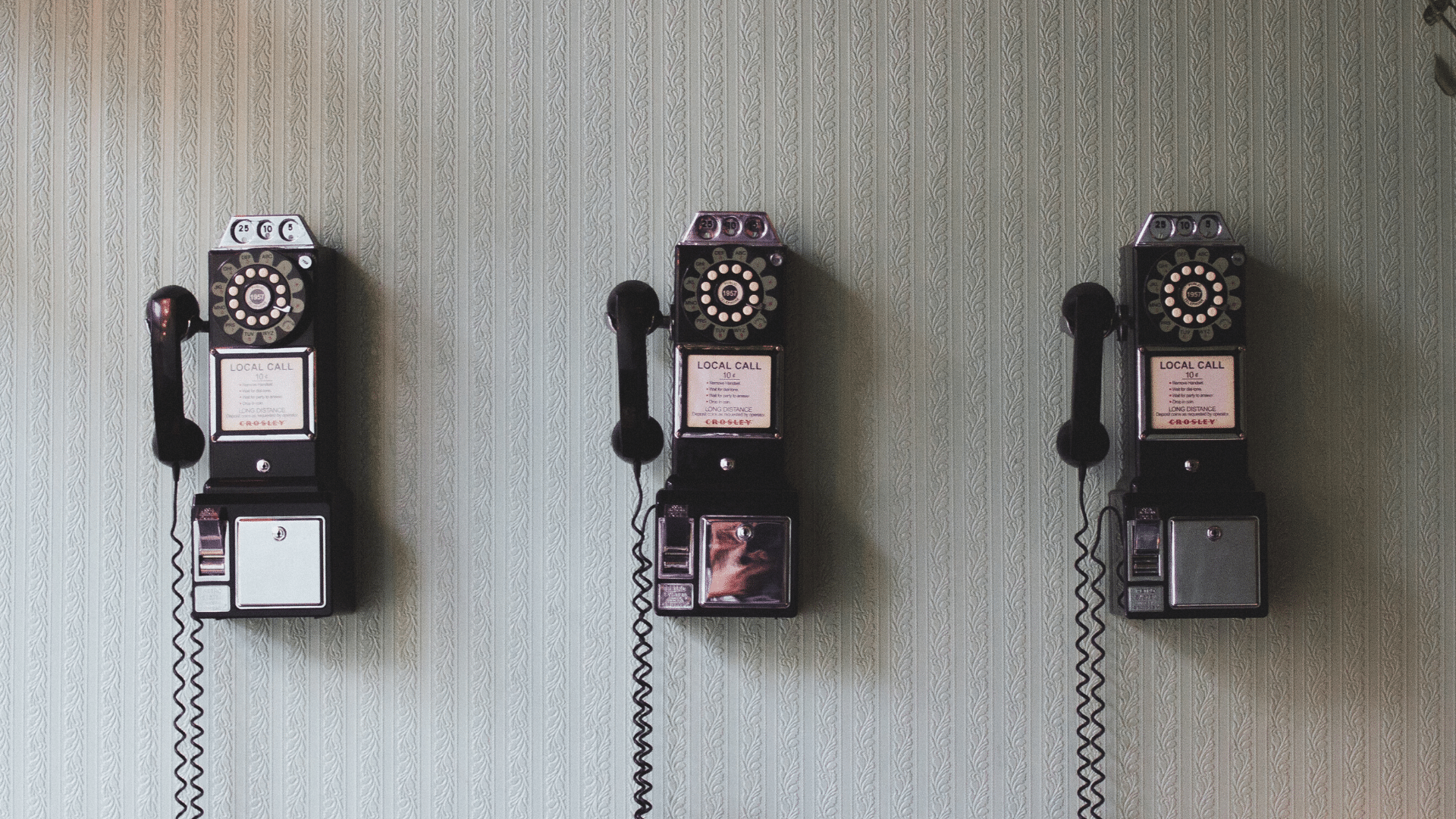
According to the State of Collection 2019 report published by TransUnion and the Aite Group, “the challenge at the top of thought leaders’ minds [is] the increasing difficulty of connecting with consumers in a world where robocalls and scams run rampant.”
Consumers today are less and less likely to answer a call from a phone number that they do not recognize (only about 47% of calls are answered if the number isn’t saved), and the industry has to adjust if it wants to keep its head above water.
One industry leader included in the survey said that “right-party contact has fallen off a cliff,” and for many debt collectors, the future feels bleak. In fact, three-quarters of those surveyed by TransUnion believe that upcoming regulatory changes from the CFPB will be difficult for them to implement into their business.
This can all feel like a death knell for collections and recovery, but there is hope! Industry thought leaders believe that new communication channels and methods hold the future for the industry, and companies that are beginning the adoption process have already seen promising results!
A collection revolution
To get ahead of the curve, collection firms “are trying to understand people better and get the right data,” reports a third-party collections leader. Revolutions begin when the people rise up, or in this case, when they stop picking up. Looking at customer communication preferences, the world has largely gone digital, but “few [collections industry] respondents report their initial contact is attempted via email (3%).”
So what are the new channels driving collections forward? How do you communicate with consumers more effectively as the age of call and collect fades? The importance of digital forms of communication can’t be overstated. 61% of agencies surveyed are already using email to communicate in some form with another 22% looking to add it to their strategy in the next two years. SMS & text messaging only has a 16% adoption rate with another 53% interested in further expanding.
While there is power in alternative forms of communication, at the end of the day whether you’re using email, text, direct drop voicemails, or messages tucked inside candy wrappers to communicate with customers, the tool is only as effective as its ability to reach the consumer at the right place and the right time.
Moving into a digital future
With the start of a new decade, it makes more sense than ever before to shift toward a digital collection strategy to properly contact consumers in debt. One of the most difficult hurdles of integrating a digital approach for collections isn’t simply starting to send emails or text messages, it is integrating these digital channels at scale for hundreds to thousands of consumers.
This means that the solution to effectively contacting consumers as collections continues to evolve comes from a combination of understanding performance data, navigating the complexities of email deliverability, and learning to recognize and adapt to consumer preferences.
It’s no wonder that so many companies feel unprepared for the coming changes at a systemic level. Getting started and preparing for change with the right collector today can mean your collections strategy continues to grow for years to come.